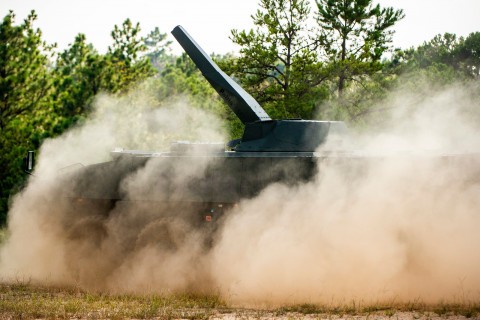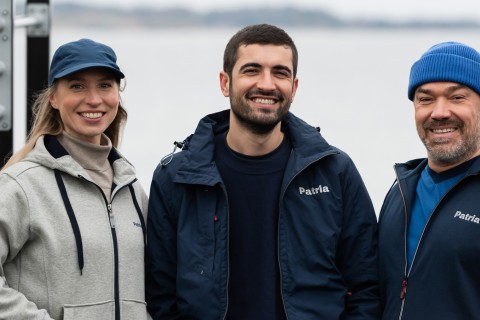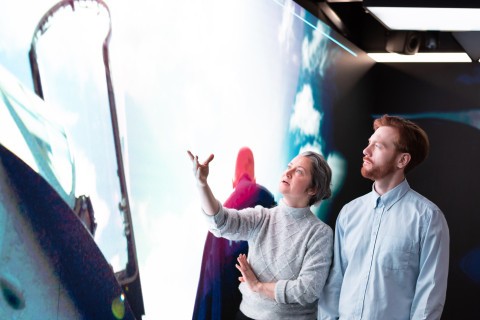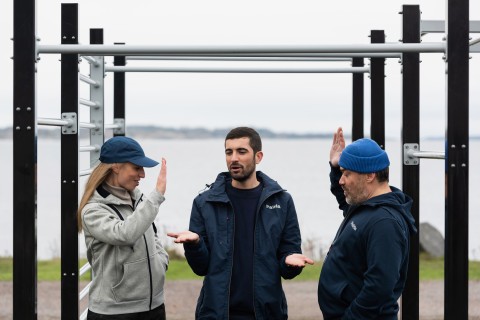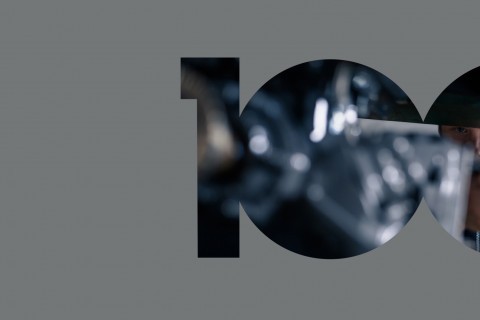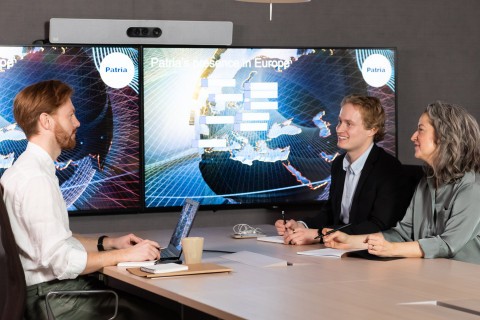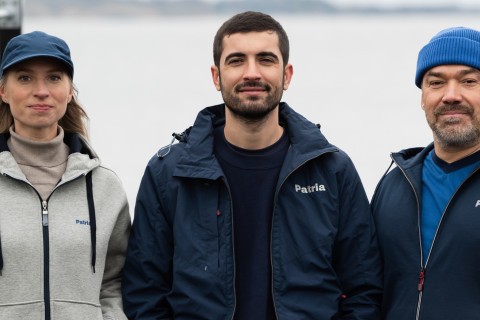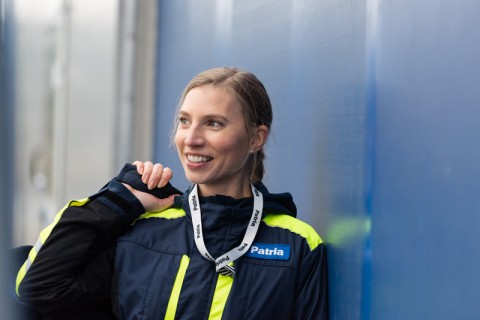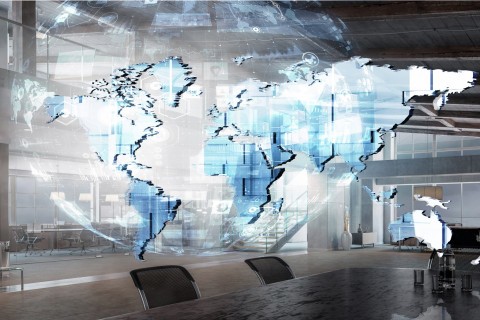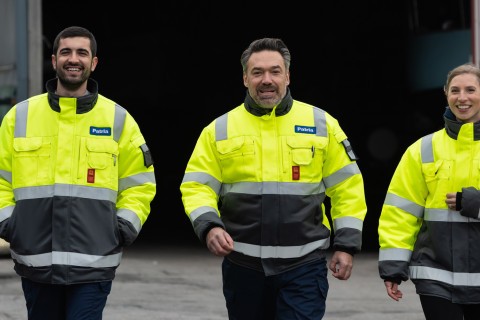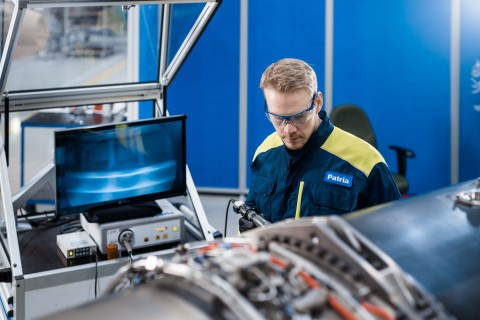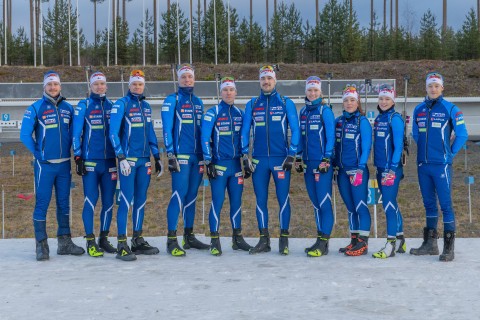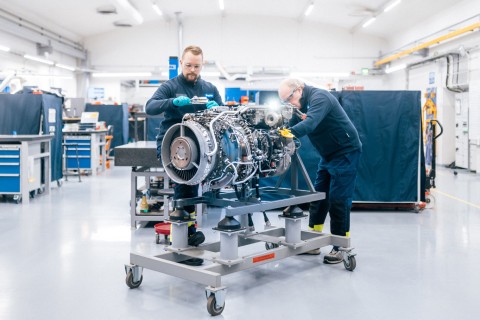
9.11.2020
Patria, the Finnish defence industry company and the forerunner in unmanned armoured vehicles is prepared to introduce high-tech solutions that extend manned armoured vehicles with remote-controlled and autonomous driving capabilities. Unlike unmanned vehicle robots widely used in the armaments business, Patria's software-based solution can be integrated into both older generation and new armoured vehicles without compromising the machine's manual control functions.
According to Matti Saarikko, Director of Technology of the Patria’s Land business unit, the company's goal is to provide the Defence Forces with a solution that allows the driver to switch from manual control mode to autonomous or remote-control mode. The system can also integrate into other vendors remote control architectures allowing the user to standardise the control systems between different systems.
"Remote control and autonomous control functions are undoubtedly one of the future directions of the military world, which will help save the lives of soldiers involved in combat operations and even in civil conditions by providing ADAS functionalities. In our opinion, however, this does not necessarily have to mean acquiring new unmanned vehicles. If such a solution is reasonable and cost-effective, it is possible to integrate modern control technologies into any already used machines during the reconstruction, thus expanding their useability with new functions during their life cycle,” he explains.
According to him, rapid digitalization and electrification development in automotive world has made it more and more easy to apply these technologies to modern vehicles. Naturally some of the older vehicles require little bit more work.
"As the Estonian Defence Forces are procuring new armoured vehicles in the coming years, today is the best time to consider future demands on most modern technologies and to map the future capability requirements of the Estonian Infantry units in detail. The Patria 6x6 armoured vehicle, which has been discussed with the Defence Forces as a possible armoured vehicle solution, offers good baseline for increasing its unmanned and remote capabilities for the future,” he says.
Patria's remote control technology has been tested over 4G, 5G and tactical network, and the distance between the vehicle and the control panel can reach up to a thousand kilometres.
"In order to ensure effective remote control regardless of visibility or weather conditions, and to adequately detect all obstacles and hazards even in the most difficult terrain, various sensors and cameras simultaneously localize and map to create an informative 3D view of vehicle’s surroundings. To achieve accurate mapping, we use, for example, Lidar sensors, but also passive sensors such as stereo cameras, which cannot be detected by the opponent in dangerous situations, ”says Matti Saarikko.
According to him, effective remote control of a 20-30-ton 8x8 armoured vehicle in the demanding terrain and environment, where it is capable of travelling, is a much more difficult task than operating various slower and smaller vehicles, and the driver's perception of physical feedback plays an equal role to that of the field of vision.
"In the dynamic operating environment, information and status of the vehicle must be given in real-time, without overloading the operator for example by messages or indicator lights, enabling fast and accurate reactions. That's why we've developed haptic technologies that give the remote control operator tactile feedback similar to the physical control of a vehicle - be it seat or console feedback, steering wheel or brake pedal force or other feedback that allows the driver to use the right driving techniques to cross the terrain," he says.
The strength of Patria's remote control and autonomous driving solutions also takes into an account needed measures to protect against Electronic warfare threats.
"Today, it is relatively easy to interfere unmanned vehicles by using electronic warfare capabilities such EMP and HPEM weapons of RF jamming. Patria has been developing technologies that protect against these threats for decades, and our solutions have proven their reliability in the equipment of armoured vehicles of various defence forces," Saarikko adds.
What did you like about the article?
Thank you for your opinion! You can share the article on social media using the buttons below:
